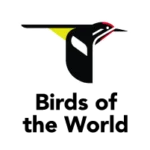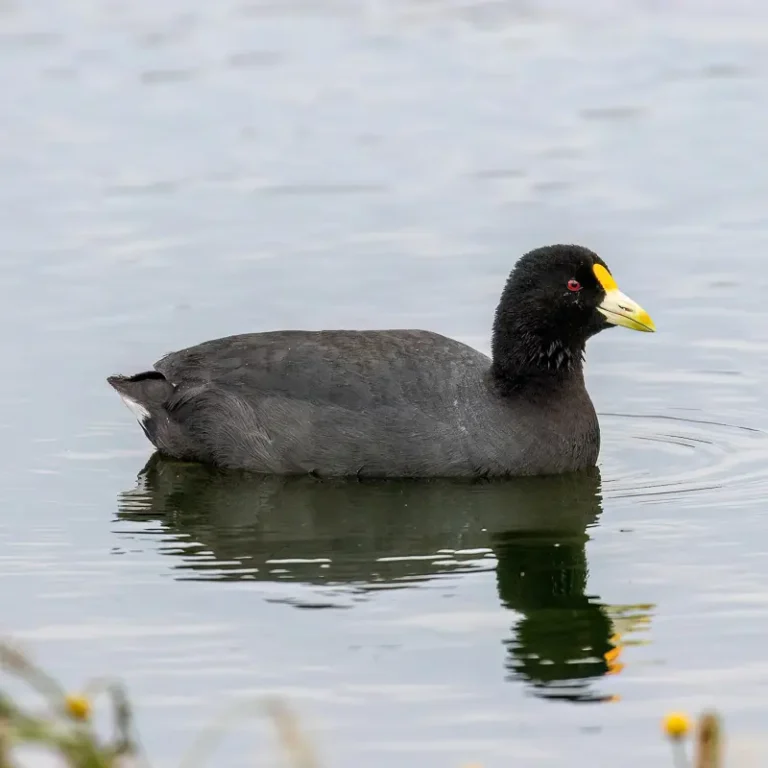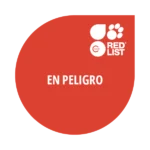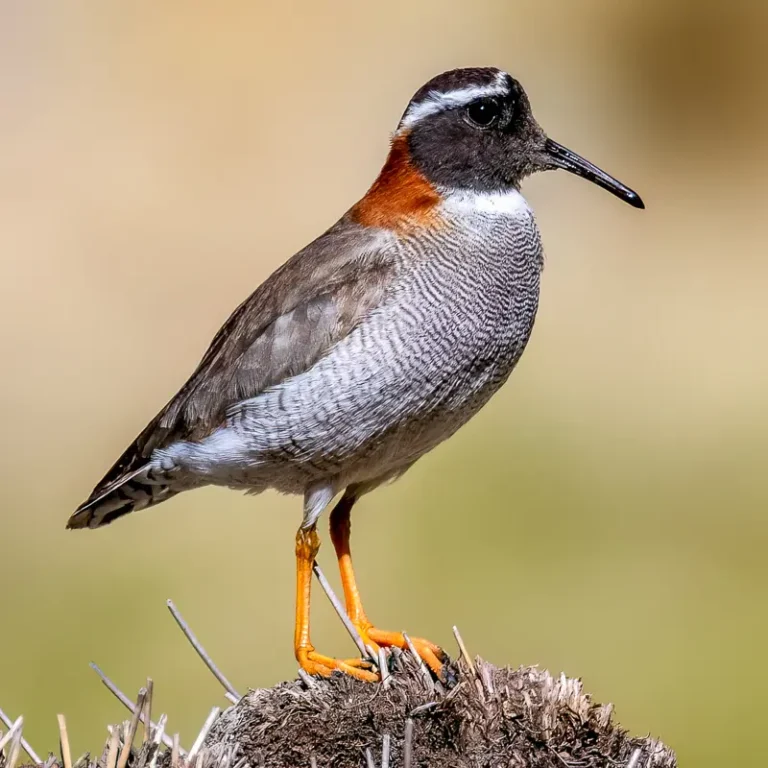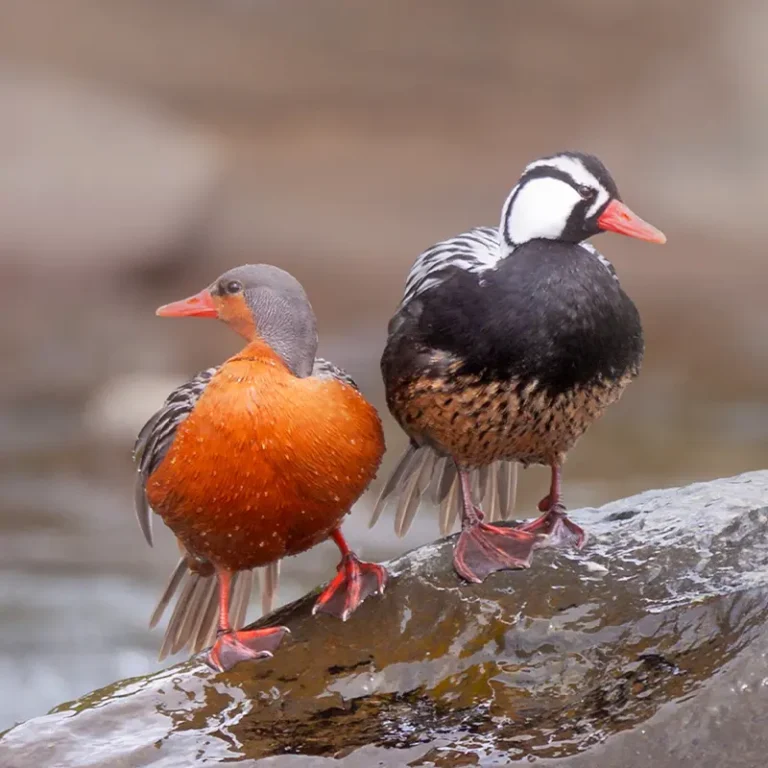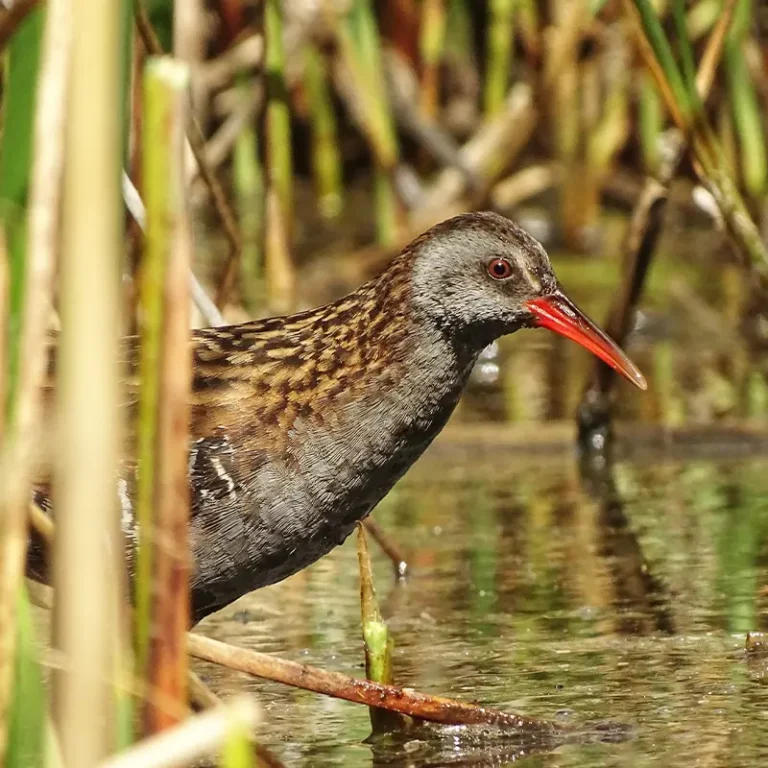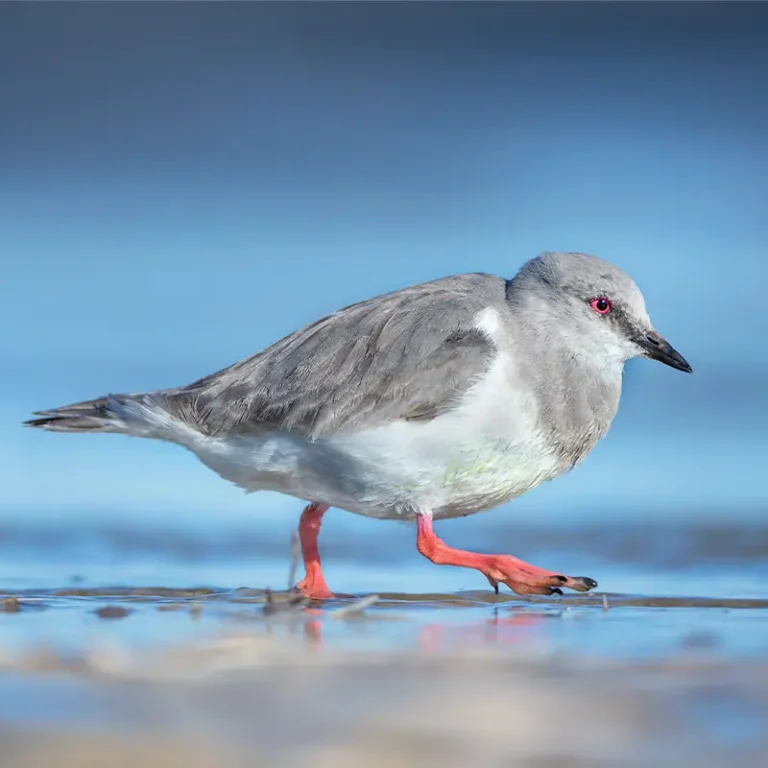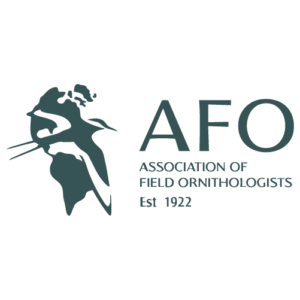Bird Conservation Program
Context, objectives, and actions
Over time, the Hooded Grebe has become a true flagship species for the conservation of high-altitude aquatic ecosystems in the southern Patagonia. Its protection has not only made it possible to highlight the threats facing the plateau lagoons, but has also opened the door to thinking about broader strategies, involving other species that share its habitat or face similar problems. From this more comprehensive perspective, the Foundation began to develop research and conservation projects aimed at a diversity of little-known or threatened Patagonian birds. Thus, lines of work emerged with species such as the Austral Rail, the Torrent Duck, the Magellanic Plover, the Diademed Sandpiper-Plover, the White-throated Caracara, the Upland Goose, the Ashy-headed Goose and the Ruddy-headed Goose among others. These efforts also expanded to the study and monitoring of entire communities, such as that of the water birds that inhabit the high-altitude lagoons of the Santa Cruz plateaus. For each species or group, we design specific strategies according to their situation: population assessments, genetic studies, satellite monitoring, habitat restoration, control of exotic species, use of search dogs, installation of camera traps, and collaboration with local communities and key actors in the territory.


